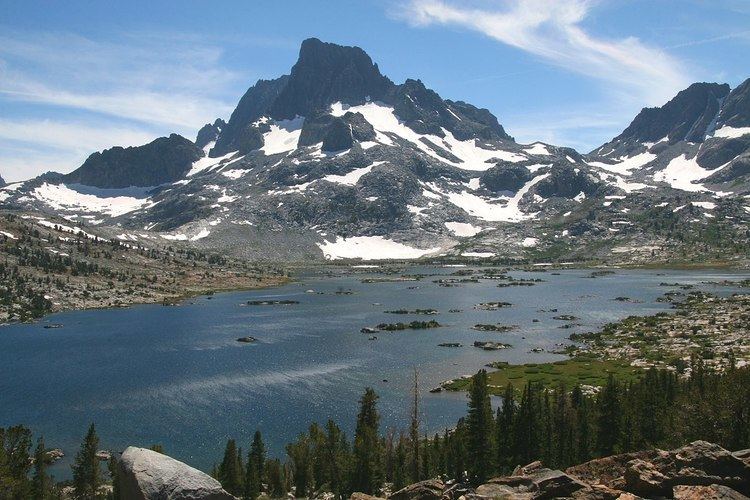 | ||
A strict nature reserve (IUCN category Ia) or wilderness area (IUCN category Ib), is the highest category of protected area recognised by the World Commission on Protected Areas (WCPA), a body which is part of the International Union for Conservation of Nature (IUCN). These category I areas are the most stringently protected natural landscapes.
Contents
Purpose
Strict nature reserves and wilderness areas are protected areas that are created and managed mainly for the purposes of research or for the protection of large, unspoiled areas of wilderness. Their primary purpose is the preservation of biodiversity and as essential reference areas for scientific work and environmental monitoring.
Usage and intrusion are strictly controlled. As a result, strict nature reserves often form the core zones, with wilderness areas acting as a buffer zone, similar to the concept used for national parks (which are IUCN category II), but also for UNESCO World Heritage Sites.
Austria
In Austria, only one area has been designated as an IUCN category I protected area:
Germany
In their national strategy for biological diversity out to 2020 published in 2007, the German Federal Government set the aim of allowing 2% of the area of Germany to develop naturally and in an undisturbed way into wilderness areas.
France
Officially created in the 1950s, Integral Biological Reserves (Réserves Biologiques Intégrales, RBI) were dedicated to man free ecosystem evolution, on the contrary of Managed Biological reserves (Réserves Biologiques Dirigées, RBD) where a specific management is applied to conserve vulnerable species or threatened habitats.
Integral Biological Reserves occurs in French State Forests or City Forests and are therefore managed by the National Forests Office. In such reserves, all harvests coupe are forbidden excepted exotic species elimination or track safety works to avoid fallen tree risk to visitors (already existing tracks in or on the edge of the reserve).
At the end of 2014, there were 60 Integral Biological Reserves in French State Forests for a total area of 111 082 hectares and 10 in City Forests for a total of 2 835 hectares.
United States
In the USA Wilderness Areas (NWPS) are the strictest category of protected area. They are designated by law in accordance with the Wilderness Act of 1964 by the United States Congress. They must cover an area of at least 5,000 acres (2,023 ha) (with the exception of islands) and may only be entered on foot, by canoe or on horseback. Exceptions are the extensive areas of wilderness in Alaska. At the beginning of 2010 there were over 750 recognised Wilderness Areas.
